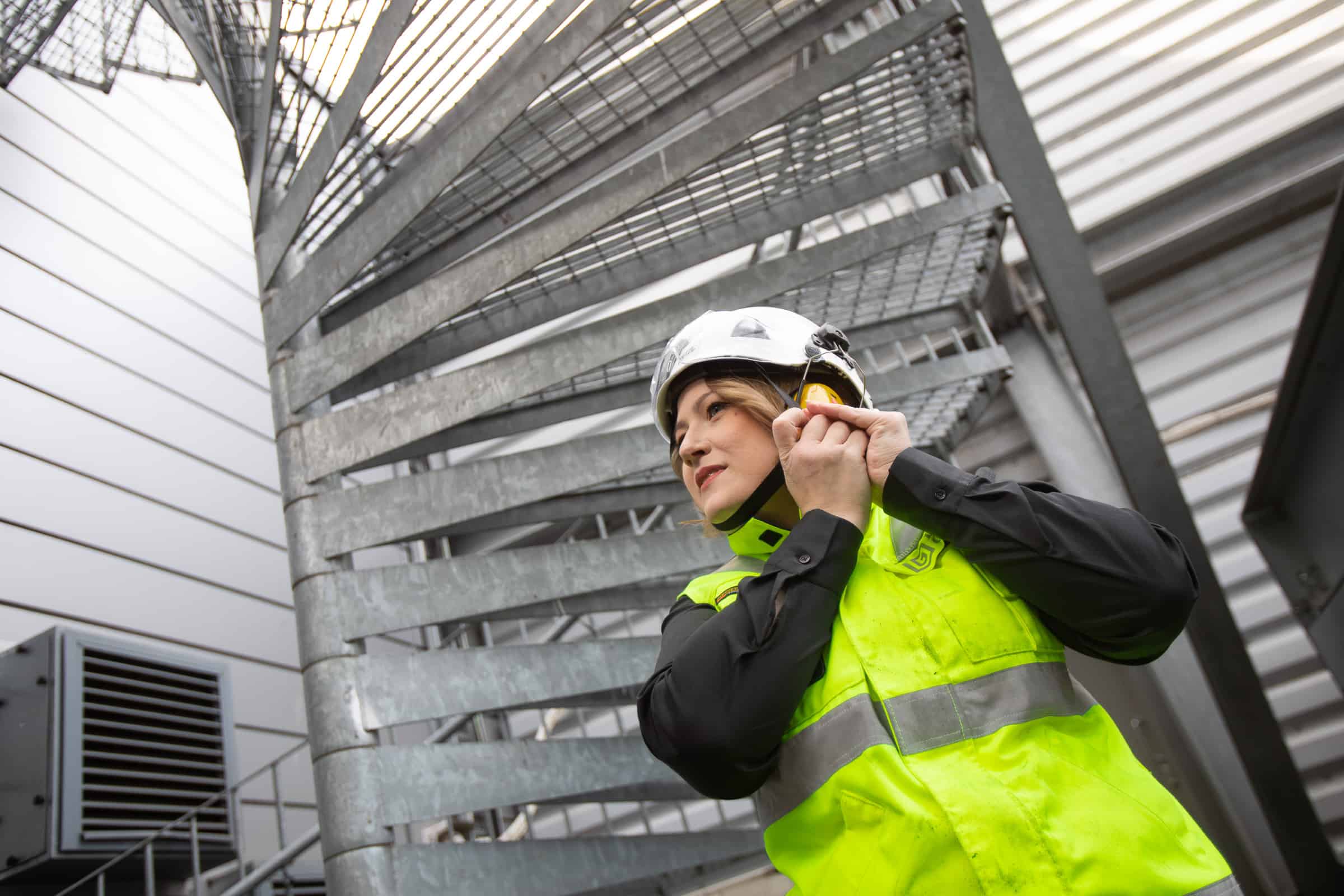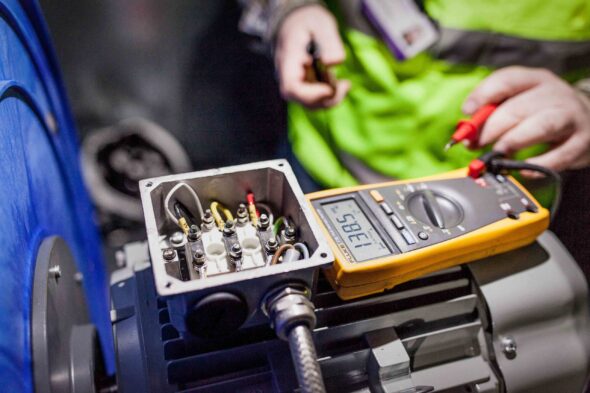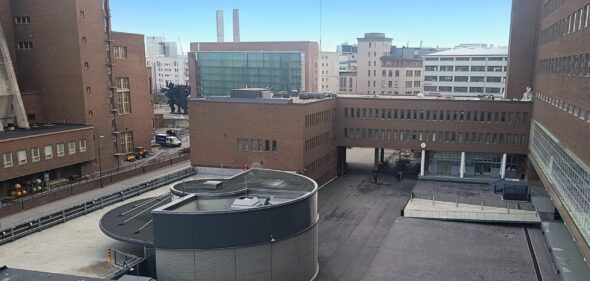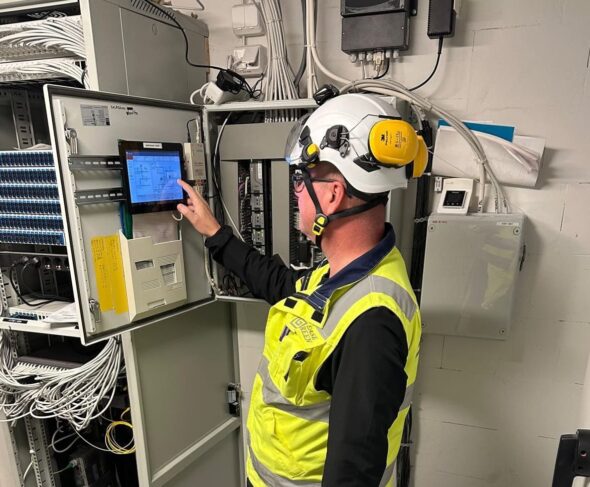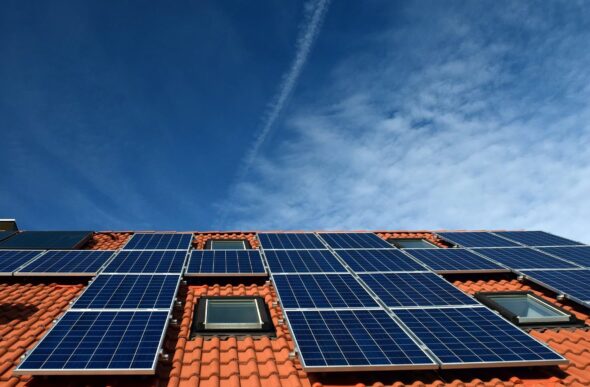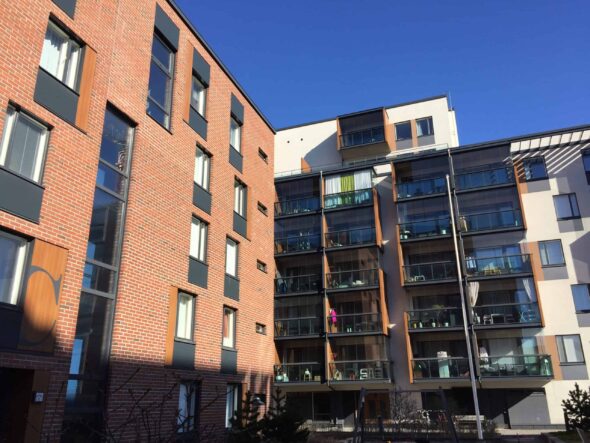Energy recycling is a new buzzword in industry. It means reusing thermal energy that would otherwise go to waste, usually in the sky or down the drain. Although the term is new, the idea itself is old. For example, heat captured in exhaust air and condensation heat from industrial processes has been used for decades. The potential is massive: according to Motiva, Finland generates 16-23 Twh of technically recoverable surplus heat per year. The amount of energy is equivalent to the district heating consumption of twenty cities in Helsinki.
In industry, cost savings have traditionally been the main reason for energy efficiency. Payback periods have been closely scrutinised, as they should be. As energy prices rise, money speaks louder than ever. In addition, the government’s subsidy pot for energy renovation is growing. But money has been joined by new motives.
Industry is already firmly on the climate bandwagon. Companies are racing to publish very tough targets for cuttingCO2 emissions and even carbon neutrality. The drivers are brand advantage, EU legislation and increasing pressure from financiers.
When auditing the energy flows and emissions of a single factory or large building, it is often the case that energy recycling offers the greatest savings. As far as waste heat sources are concerned, machines that produce cold energy in particular are still largely uncharted territory.
A good example is a company in southern Finland that paid attention to cooling in data rooms. Water cooling machines were used, and in winter, free cooling was added, using the open air. Around 2500 MWh of district heating per year was used to heat the premises. An industrial heat pump was installed to recover the heat (14-16°C) of the cooling return water and transfer it to the heating system. As a result, district heat consumption fell by 2000 MWh, or 80%. Carbon dioxide emissions fell by 250 tonnes per year. That looks good in the sustainability report.
The efficiencies, operating ranges and reliability of large industrial heat pumps have evolved rapidly in recent years. They are capable of exploiting increasingly lukewarm sources of waste heat. Heat pumps can also achieve much higher temperatures than before. They are better suited for heating, heat-intensive processes and district heating. Developments are still ongoing and worth following.
Heat pumps enable smart energy recycling in places where it could not have been imagined a moment ago. The reduction in electricity tax from the beginning of 2021 will make heat pumps even more affordable.
The conditions for energy recycling vary from site to site. A few rules of thumb will help you to understand the potential:
- Energy recycling is most successful when heat generation and heat recovery are simultaneous.
- It is good that the heat source and reuse are physically close to each other, so that heat is not lost through long transfers.
- The closer the temperature of the heat source is to the temperature of the required heat energy, the better the profitability of energy recovery.
One ammonia refrigeration plant wanted to cut oil consumption for heating and the production process. The baseline oil consumption was 240m3 per year. An LTO exchanger was installed at the condensers of the ammonia hot gas line, through which the hot gas flow of the whole plant passes. The surplus heat is transferred to an industrial heat pump, which processes it into hot water at around 85 degrees Celsius to heat the premises and processes. Oil consumption fell by about 60%,CO2 emissions by 340 tonnes per year.
It’s been done before. In my work, I’ve seen some incredible energy recycling systems that are almost as old as I am. They were just called by a different name. One that sticks out in my mind is a factory built in the 1980s in northern Finland. It had already been noted at the design stage that the water cooling machines needed to cool the processes were generating a lot of condensation heat. It was decided to use it directly for heating the building. The result was a factory where the radiators only click on when it is more than 10 degrees below zero outside.
Over thirty years, there have been huge energy savings compared to letting waste heat go to waste. In fact, there was no waste heat at all in the factory, but a valuable by-product that a far-sighted owner had the good sense to put to good use.
Sometimes it is most cost-effective to store surplus heat underground. A large office building switched from district heating to geothermal heat. At the same time, it was investigated whether the heat generated by the large water-cooling machine in the ventilation system could be utilised. Waste heat from cooling is mainly generated in summer, so it could not be used directly for space heating.
The Earth Energy Design (EED) simulation of the geothermal energy field showed promising results for the use of surplus heat in geothermal wells. A test well was then drilled and the simulation results were verified by TRT testing before the final sizing of the energy well field. A heat recovery unit was built on the condensate side of the water cooler, which takes heat from the glycol as a heat transfer fluid to the geothermal fluid via a heat exchanger.
Injected heat remains in the soil for a long time, so regenerating the geothermal field during the summer reduces heating costs in winter. Regeneration raises the temperature of the field, so the temperature of the solution going from the wells to the heat pump increases, which in turn improves the efficiency of the pump. The solution also reduces the investment costs for geothermal heating: the size of the well field was reduced by 35%.
Perhaps in the future, waste heat will no longer be used as a word. There will only be useful heat, a raw material that is far too valuable to be wasted. I would like to believe that in the future people will think that it is a fool’s errand to bring expensive heat into the house through one hatch and blow it out into the yard through another.
In new industrial plants and large buildings, things are already well underway and by-product energy is often recovered. Much has already been done in existing plants. But there is still room for improvement.
The author is a refrigeration engineer and team leader who helps LeaseGreen’s industrial customers turn waste heat into useful energy.
